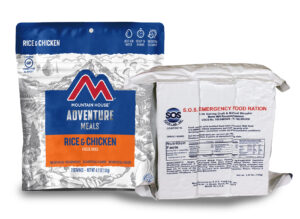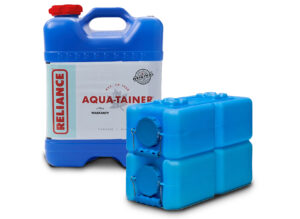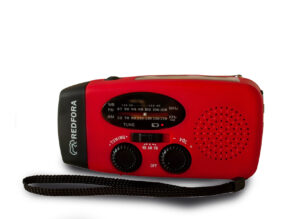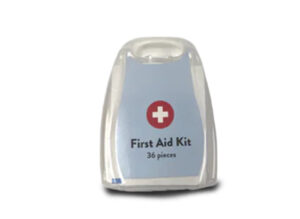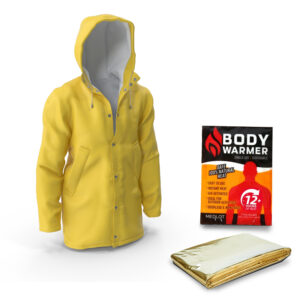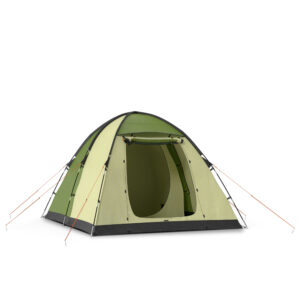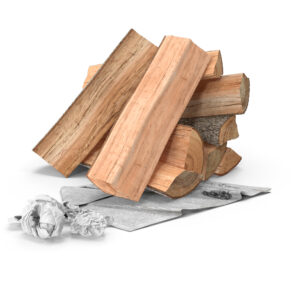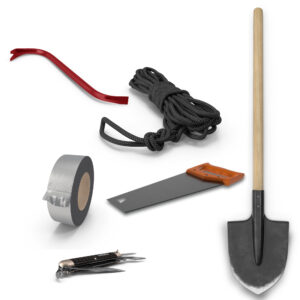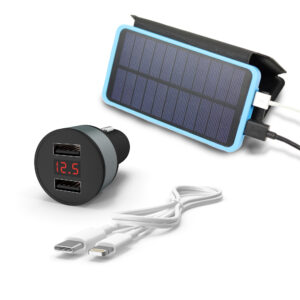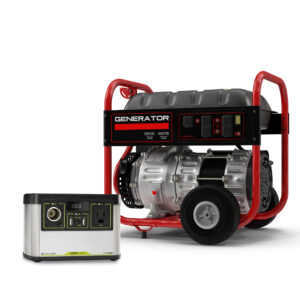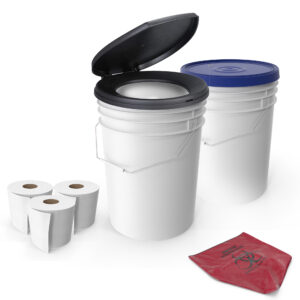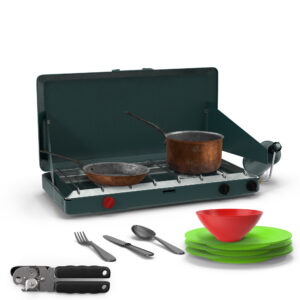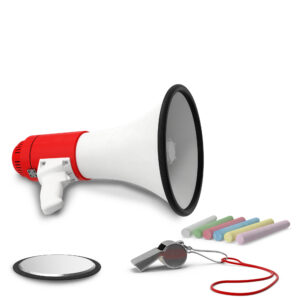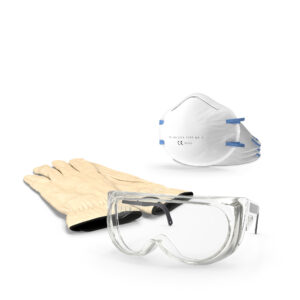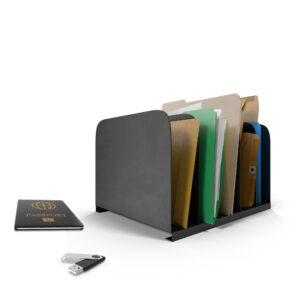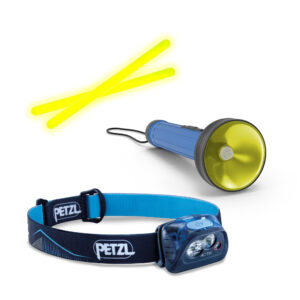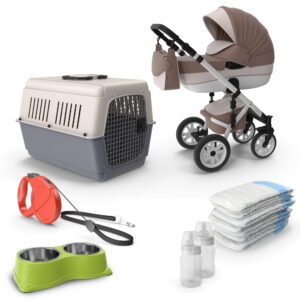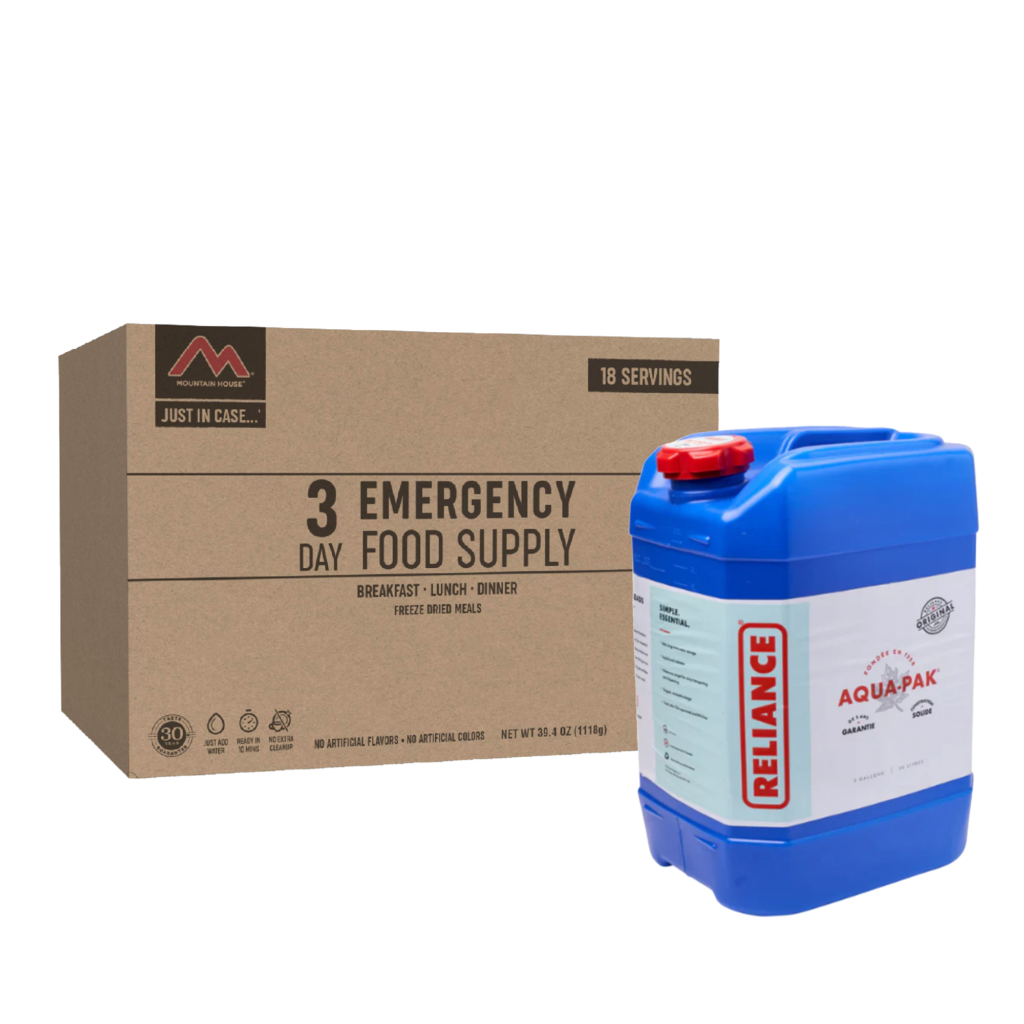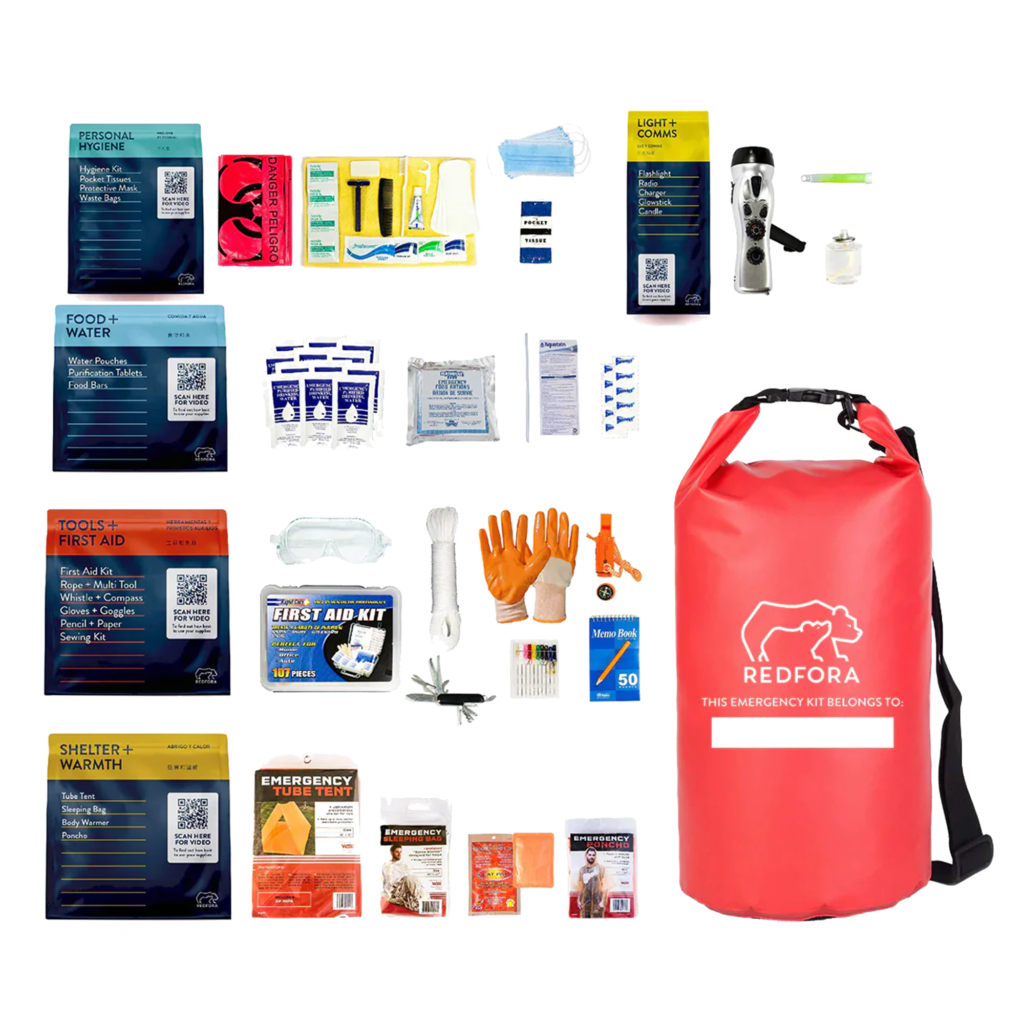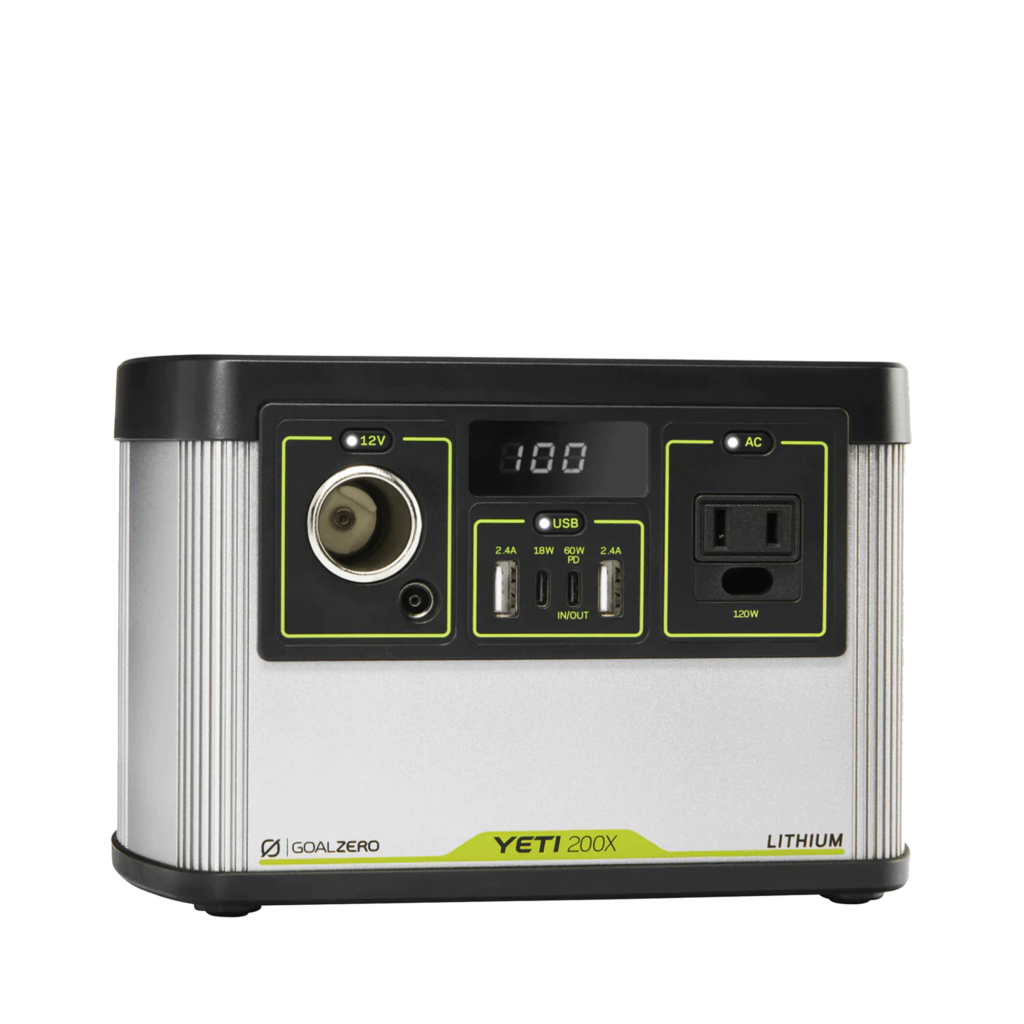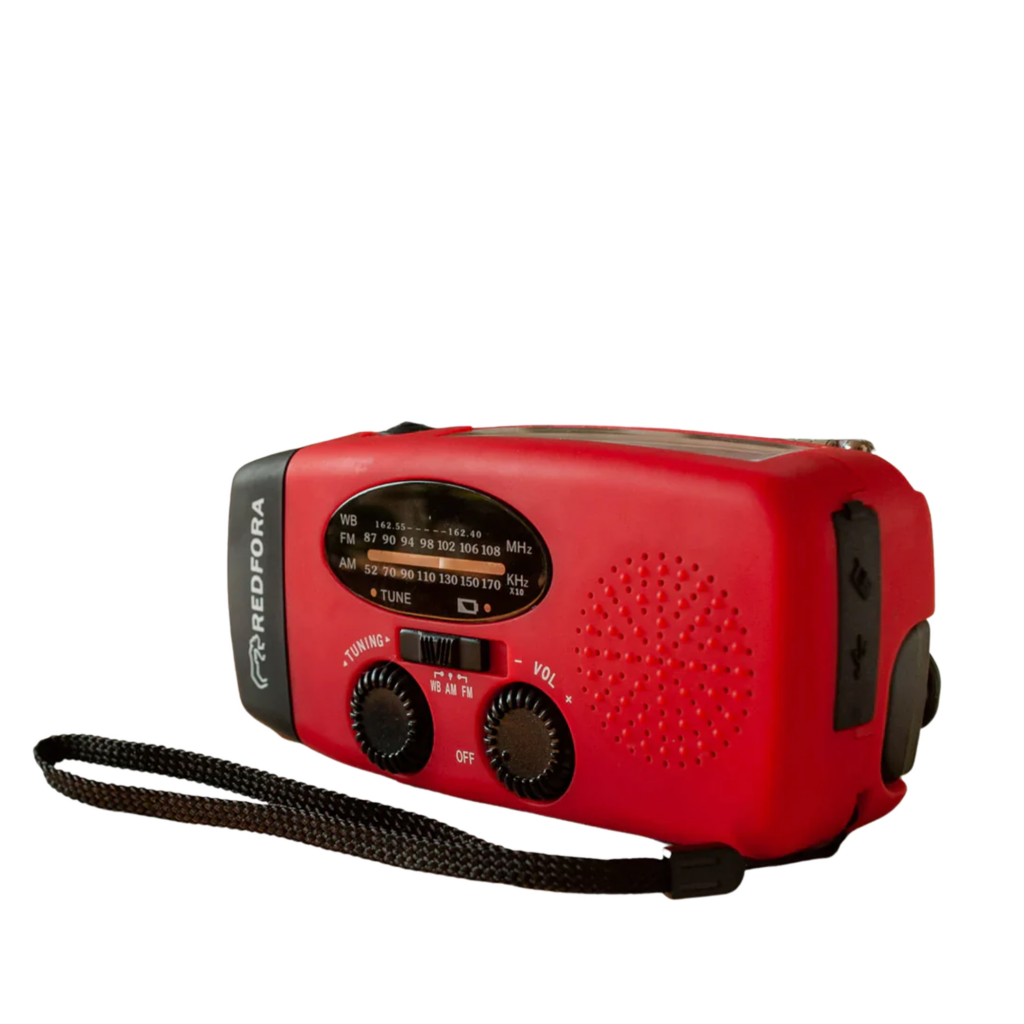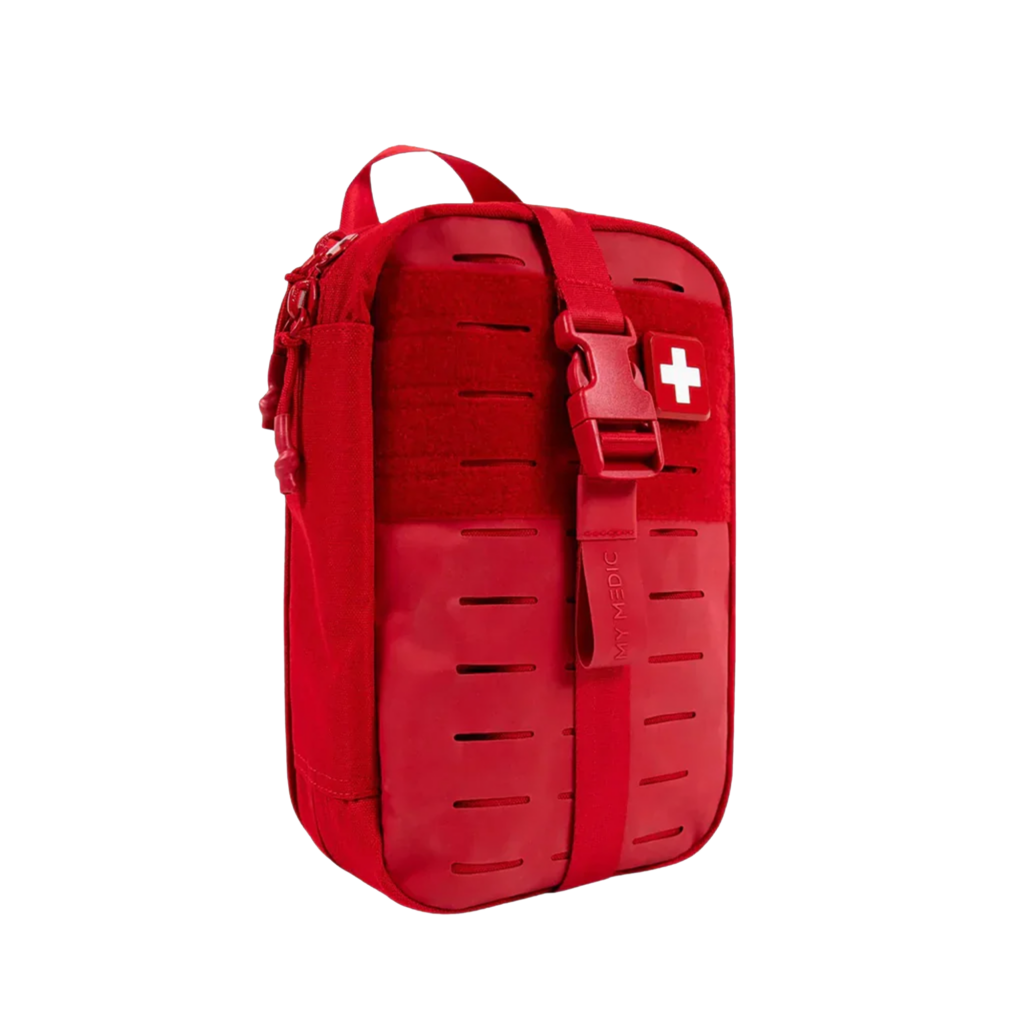
Is your workplace ready for anything? Access in-depth educational resources through our LMS Program, and get prepared. Reach out today to get started.
There are events that can leave you stuck, wherever you might find yourself, for an extended period of time. The problem with being stuck is that in our day-to-day life, mobility helps us meet our basic needs. Either we go get the things that we need or have those things brought to us. When we’re truly stuck, we have only what’s in our immediate vicinity. What’s more, many of the events that leave us stuck — such as earthquakes, floods, and hurricanes — often take out electricity, gas heat, running water and even plumbing. Needless to say, the difficulty of being stuck is greatly compounded in the absence of utilities. To be ready to shelter in place is like being ready to go camping….with no notice whatsoever.
If you’re a camper, you’ve already got the idea (and perhaps even the equipment) to shelter in place. It may just be a question of positioning your camping gear in a place the is centralized and easily accessible for use in an event, For the millions of non-campers out there, preparing to shelter in place is a mental exercise of identifying what you need, understanding how those needs are met, and then anticipating how you might meet those needs in an alternative way. Let’s look at this question, category by category:
Water – If you need a glass of water right now, you will grab a cup, fill it at your faucet, and viola. Need met. What if you’re stuck and the water isn’t running or isn’t safe to drink? If you don’t have an answer to this question, you’d best start here. Visit https://redfora.com/pages/emergency-water to explore solutions in greater depth.
Electricity – Who amongst us hasn’t experienced a brief power outage? We stumble about looking for candles, look for flashlights and batteries by the light of our cell phones, and about the time we’ve set up our interim lighting solution, on goes the power again. If, however, the outage is associated with a major weather event, earthquake or wildfire, the outage can carry on for many many days. The charm of lighting a candle in your living room wears off quickly when you realize that you can’t charge your cell phone, that your food is spoiling in the refrigerator, and your electric stove is good for nothing. Light is important, of course. But keep in mind the downstream effect of losing electricity of a long period of time and prepare accordingly.
Food – As a reminder, we are imagining now that you are both stuck and without electricity. That means the food in your refrigerator and freezer are at risk and you’re unable to replenish the food that you consume. Like water, food is a challenge that is it’s own rabbit hole. Visit https://redfora.com/pages/emergency-food to explore solutions in greater depth.
Heat – In recent years, winter storms in the US have too often proven fatal for people trapped in their homes without electricity, heat, or a means of escape. Staying warm under such conditions is a question of having the right supplies and the right heat strategies. Visit https://redfora.com/pages/cold_weather_preparedness to learn more.
Medications – For many of us, medications are nearly as important to our health, well-being and survival as food and water. In a shelter in place event, you may not be able to leave home to refill critical medications. In some events, the pharmacies won’t even be open, rendering the whole question of refills moot. You might build up an emergency supply by refilling your prescriptions at the first date that you’re able to do so, rather than waiting for your current supply to run dry. You might then stash what remains in your kit for emergencies, while monitoring it carefully to ensure that this medication is consumed and replaced with a fresh supply before it expires.
Sanitation – If you live in an earthquake zone, take a moment to appreciate your toilet. In all likelihood, you’ll find your plumbing disrupted in a major shaking event. Earthquake toilet systems are easy to construct on your own if you don’t want to just buy one outright. Solve the question of where and how you’ll go to the bathroom now. You’ll have to find a solution eventually!
There’s no one-size-fits all answer. When choosing a spot, your supply’s accessibility and safety is your first consideration, and that consideration is going to vary depending on your risk zone. For example, if you’re in an earthquake zone, take a moment to imagine your home shaking vigorously. Furniture may shift and topple, shut doors may be jammed in bent doorways. and your home might even shift off the foundation. Where in your home will your supplies remain undamaged and accessible once the shaking subsides? (This is a judgement call for you to make. We’re not in your home. But the answer is likely on the main floor.) In the event of a flood, the first place that will feel the impact will be the basement. If you choose to risk sheltering in place, the topmost floor will likely be your best bet. If tornados are your primary concern, the basement may be the most logical place for your supplies as that’s where you’ll head for safety.
For many of us, the answer is both. Few of us live in a zone that only carries one particular risk that demands one particular response. Disaster zones have an inconsiderate habit of overlapping with one another. That said, here are some thoughts on the question.
Hurricane Zones – If you’ve lived in a hurricane zone, you know that you don’t evacuate for every storm that comes through. When you receive an evacuation order, you do so. Otherwise, you shelter-in-place. So the answer to this one is “both.” Keep in mind that storm surge is amongst the most dangerous phenomena in nature. If you live in a surge zone, you should consider evacuation your only reasonable option is you receive an order and are interested in your life safety. If you don’t receive an evacuation order and sheltering-in-place is a reasonable option for your safety, get ready for the power to go out and for your tap water to become undrinkable. More places in hurricane zones are now encouraging residents to have two weeks of supplies so that they can shelter in place comfortably while crews scramble to fix the infrastructural mess that hurricanes leave in their wake.
Earthquake Zones – People in earthquake zone should absolutely, unequivocally prepare to shelter in place. Earthquakes are a no-notice event that take out critical infrastructure. Right now, you’re reading this page – 30 seconds from now, your home is a wreck, you’re in the dark, the water isn’t running, the toilet isn’t flushing, AND the roads are out – so you can’t leave. This state of affairs can last days or even weeks depending on where you live in relation to the earthquake. Sheltering in place isn’t so much a choice in earthquakes as something that happens to you.
Tsunami Zones – This is a tricky one. If you live inside of a tsunami inundation zone, you will have no choice but to evacuate – most likely on foot – in the event of a tsunami risk. Here’s where it gets tricky. The event most likely to trigger that tsunami is an earthquake, and an earthquake large enough to trigger a tsunami is a BIG event (probably 8-9M.) Once you’ve evacuated to high ground, you’ve perhaps lost your home to the tsunami. Worse, there’s no running water, gas heat, flushing toilets, roads or electricity. (Yikes). Best practice would be to have a light evacuation kit that you can quickly get out your door with, and then to have a robust shelter in place kit at a friend’s home somewhere in the high ground zone.
Wildfire Zones – Wildfires are the quintessential evacuation event. If wildfires are your primary concern, focus your attention on how to evacuate as quickly and safely as possible when the time comes.
Tornado Zones – Tornadoes are a shelter-in-place event. These storm systems are too expansive and develop to rapidly to evacuate. Best is to hunker down in the safest place in your home (likely your basement) during the event, and to be ready for serious infrastructural and commerce disruption in the days that immediately follow.
Flood Zones – Like a hurricane zone, in a flood zone you best be ready to evacuate and to shelter in place. Keep in mind that the most dangerous place that you can be during a flood is in your car. If authorities tell you to evacuate, there’s a very small window in which you can do do safely. Grab your Go Bag and get out quick. If you’re told to shelter in place, I can either mean that you’re not likely within the flood’s reach or that it’s no longer safe to evacuate given the road conditions. Your shelter in place supplies will help get you through the flood and the aftermath when there’s a lot of infrastructural and commercial disruption.
Shelter-In-Place Essentials
Tent
Tents can serve as improvised shelter outside your home, and can also be used inside your home to trap body heat during freezing conditions.
Fire Building Materials
In some scenarios, you may need to build a fire to cook or for warmth. Think twice before tossing the branches from your tree trimming project.
 Medications + Devices
Medications + Devices
It may be difficult to refill your prescriptions out of town. Try to keep a fresh supply in your kit and a copy of the prescription order.
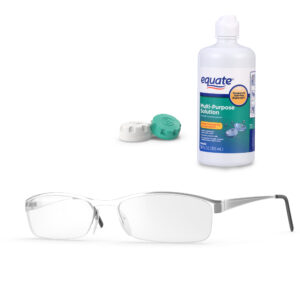 Eyewear
Eyewear
The next time you replace your glasses, throw the old set into your kit. Glasses are easy to leave behind in a rush. Kit them so you don’t forget them.
Hygiene Items
These are not life or death items; however, your ability to take care of yourself will have an impact on your mental health and handling of the event. Equip yourself to take care of yourself.
Cooking + Eating Tools
Having food is one thing. Being able to prepare and eat it during a time without running water and electricity is another. Equip accordingly.
Low Tech Comms
If the roads and telecommunications are disrupted, your neighbors will be your best source of help. Help them see and hear you.
Protective Equipment
Your phone is a key preparedness item. Equip your kit with adapters and devices to ensure that it stays charged even when the power is out.
Files
What documents do you need to recover if you lost your home? Make photocopies or store on a flash drive in your kit. Learn more here.
Miscellaneous
If you have children and/or pets, consider what you will need to care for them should stores and roads be closed for an extended period.
Shop for Shelter-In-Place Supplies at Redfora
Subscribe to our newsletter and get $10 off your first order over $99.
